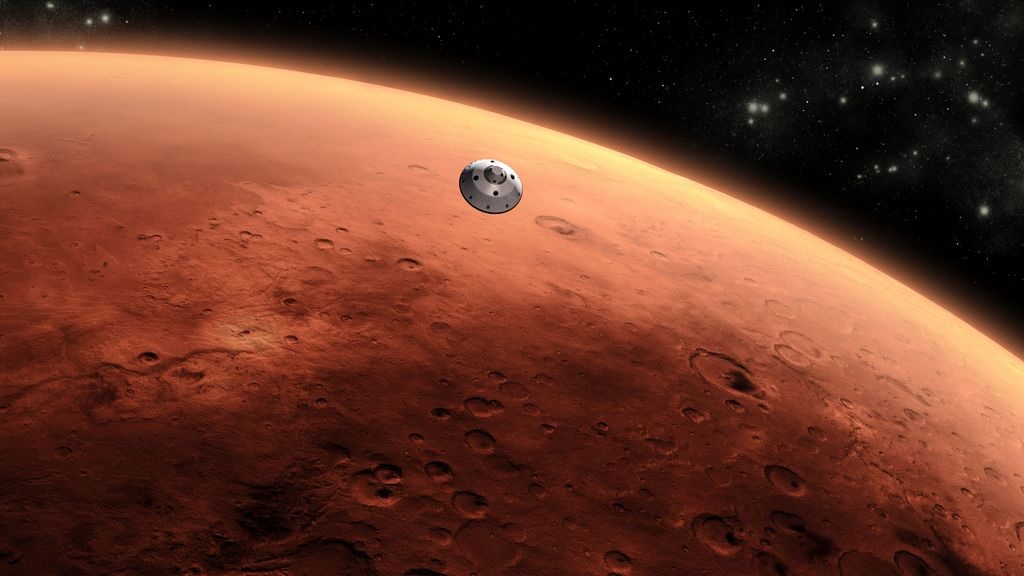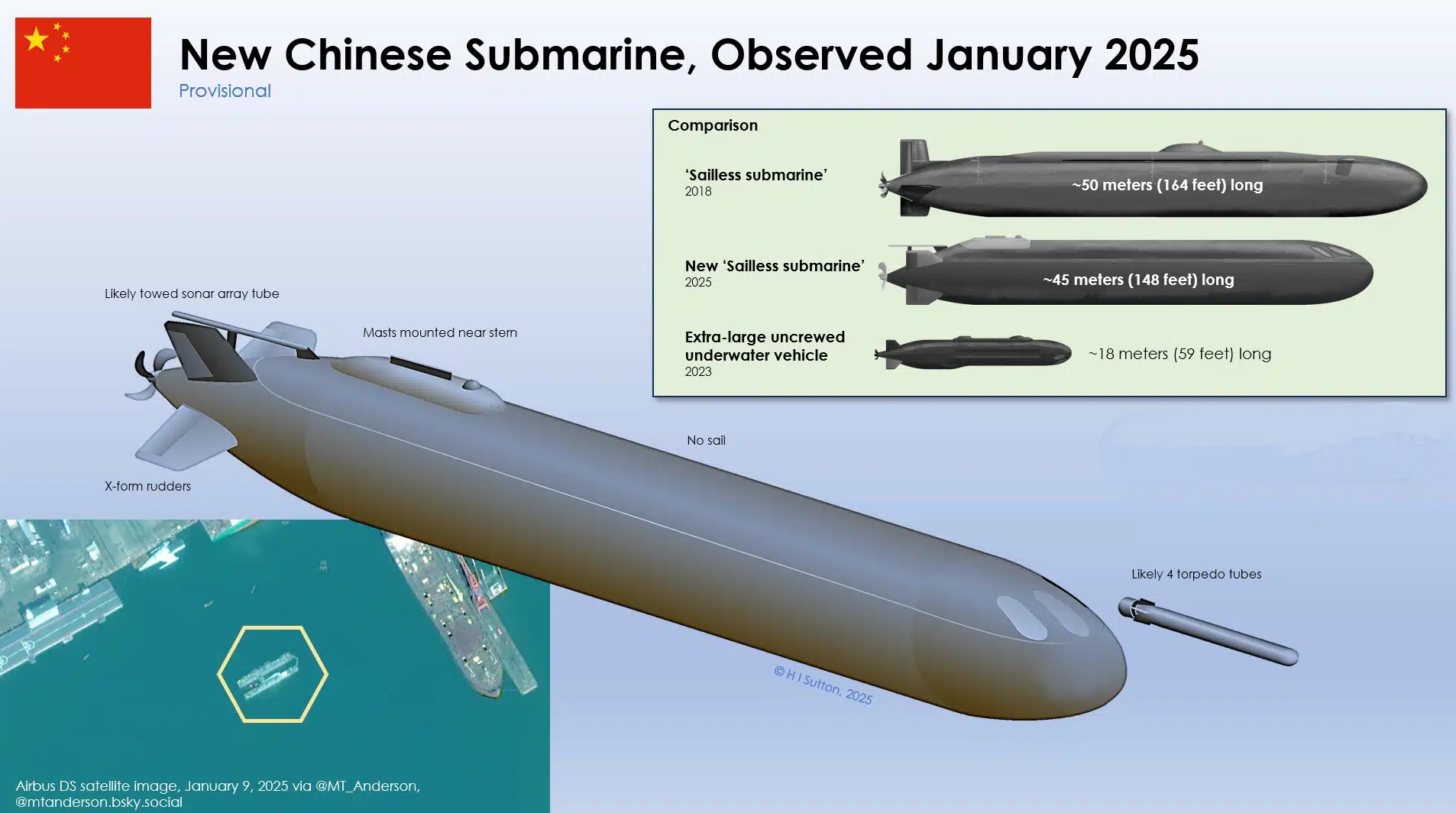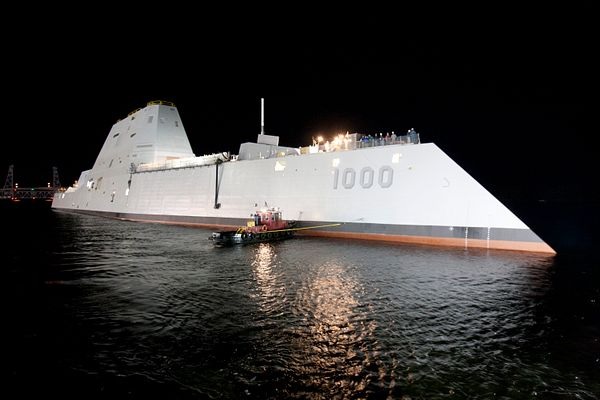China Takes Lead in Mars Sample Return Mission, Leaving the US Behind by At Least Four Years

China has surged ahead in the ambitious race to bring Martian soil back to Earth, leaving NASA trailing by at least four years. The Tianwen-3 mission, announced by Chinese space officials, aims to return 600 grams (21 ounces) of Martian soil by 2031, while NASA’s Perseverance rover samples might not reach Earth until 2035 or even later.
This shift in the Mars exploration timeline highlights a growing competition reminiscent of the Cold War-era “space race,” with astrophysicist Quentin Parker calling it a potential “Sputnik moment.”
China’s Bold Plan with Tianwen-3
The Tianwen-3 mission represents a streamlined approach. The Chinese spacecraft will execute a straightforward “grab-and-go” maneuver: land at a preselected location, collect samples, and return to Earth.
Key Specifications of Tianwen-3:
- Sample Type: 600 grams of Martian soil and rock.
- Collection Techniques: Drilling, scooping, and rover-assisted sampling.
- Mission Timeline: Targeting Earth return by 2031.
- Landing Strategy: Focus on scientifically rich locations selected for maximum value.
China’s recent success with lunar missions, such as the Chang’e-5 and Chang’e-6, has demonstrated its ability to conduct rapid, efficient sample-return missions, further bolstering confidence in the Tianwen-3 mission.
NASA’s Perseverance Challenges
While NASA’s Mars Sample Return (MSR) mission is highly sophisticated, it faces significant delays due to technical and budgetary hurdles. Initially estimated at $3 billion in 2020, the project’s costs ballooned to $11 billion by 2023.
Key Highlights of NASA’s Approach:
- Sample Collection: Conducted by Perseverance since 2021, with samples gathered from multiple geological sites in Jezero Crater.
- Scientific Focus: Aiming to provide a detailed record of Mars’ geological history.
- Mission Complexity: Plans involve multiple spacecraft, private sector involvement, and cutting-edge technology, adding time and cost to the mission.
- Earliest Return: Now projected for 2035, with a potential delay to 2039.
NASA Administrator Bill Nelson emphasized the mission’s scientific value, noting that the samples could reveal a comprehensive history of Mars spanning millions of years. However, the delays and escalating costs could pose risks to continued funding.
Comparing Approaches: Pragmatism vs. Precision
China’s mission prioritizes feasibility and efficiency, focusing on a single landing and rapid sample return. In contrast, NASA’s plan involves a meticulous, multi-step process to gather samples from diverse locations, ensuring maximum scientific yield.
Chinese planetary geologist Yang Wei stressed the importance of diversifying sample sites, while NASA’s methodical selection process adds complexity and time to the mission.
Implications of the Race
The outcome of this race could significantly impact global space exploration leadership. If China succeeds in delivering Martian soil by 2031, it would mark a historic first and establish the nation as a dominant player in interplanetary science.
Meanwhile, NASA’s mission, though slower, may yield deeper insights into Mars’ geological and potential biological history. As these contrasting approaches unfold, the Mars sample return race underscores the growing importance of international competition and collaboration in advancing humanity’s understanding of the Red Planet.



